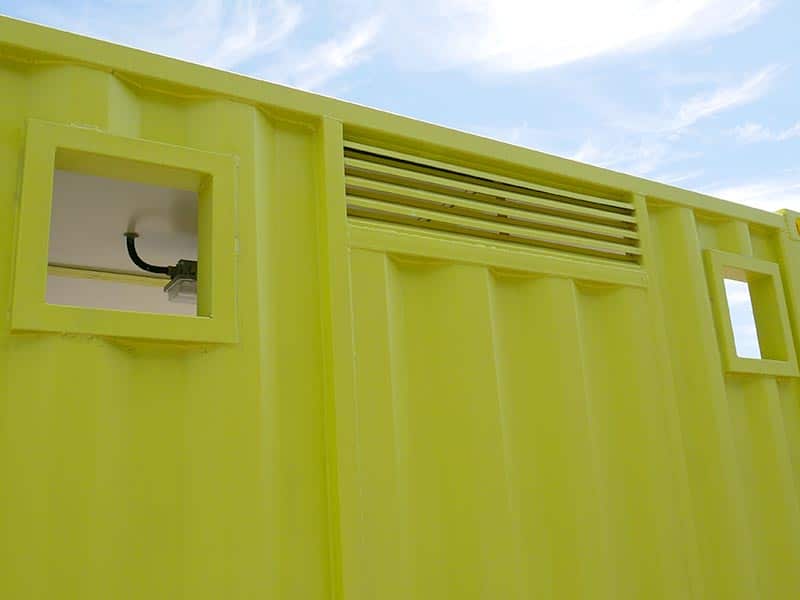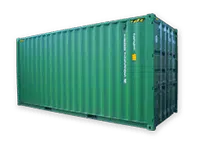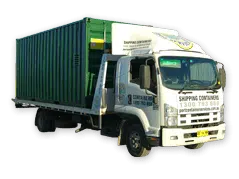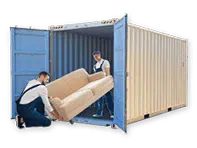Choosing the right dangerous goods container ensures safety and compliance with Australian standards. Worried about hidden costs and delays? Get containers that meet your specific needs quickly and reliably. Let’s explore the factors you need to consider to make an informed decision.
Considering the Type of Dangerous Goods

Different classes of dangerous goods require specific storage solutions to ensure safe transportation and storage. The United Nations classifies dangerous goods into nine classes, including flammable solids, toxic substances, and organic peroxides. Each class has unique properties and risks, necessitating tailored containers.
Classes of Dangerous Goods
Selecting the Appropriate Container Material
The material of the container plays a pivotal role in ensuring it can safely store dangerous goods. Containers must be made from materials that are resistant to the chemical properties of the stored substances.
Pressure Requirements and Container Design
Some dangerous goods, such as gases and certain liquids, are stored under pressure. Containers designed for these goods must meet specific pressure requirements to prevent leaks and ensure safety.
Regulatory Compliance and Container Markings
Compliance with Australian standards is non-negotiable when it comes to storing dangerous goods. Containers must adhere to standards such as AS/NZS 4452:1997 for toxic substances and AS/NZS 5026:2012 for flammable solids. Proper markings on containers are essential for identifying the type of danger they contain and ensuring safe handling and transportation.
Australian Standards
Safety Features and Leak Prevention

Safety features are critical in dangerous goods containers. These features include:
Ensuring Compatibility with Handling Equipment
Containers must be compatible with the handling equipment used at your site. This includes ensuring the containers can be safely moved and positioned using forklifts, cranes, or other machinery.
Three-Step Process to Choose the Right Container
- 1
Identify the Type of Dangerous Goods: Determine the class and specific hazards of the goods you need to store.
- 2
Check Compliance and Safety Features: Ensure the container meets all relevant Australian standards and has necessary safety features.
- 3
Assess Material and Design: Choose a container made from materials that can withstand the chemical and physical properties of the dangerous goods.
Secure Your Shipment: Find the Perfect Dangerous Goods Container
Choosing the right dangerous goods container is essential for safety, regulatory compliance, and efficient project management. Port Shipping Containers offers a wide range of solutions tailored to meet these requirements. For more information or to get a quote, contact us today.
Engage with Us
For more insights and to discuss your specific needs, leave a comment below or reach out to our team. Don’t miss out on our limited-time offers for high-quality, compliant dangerous goods containers!









